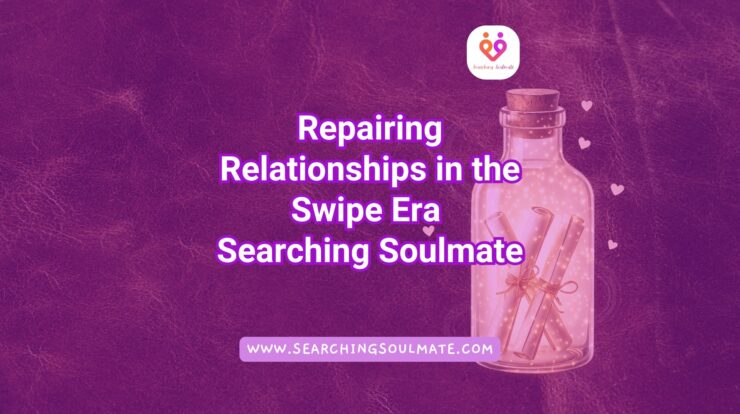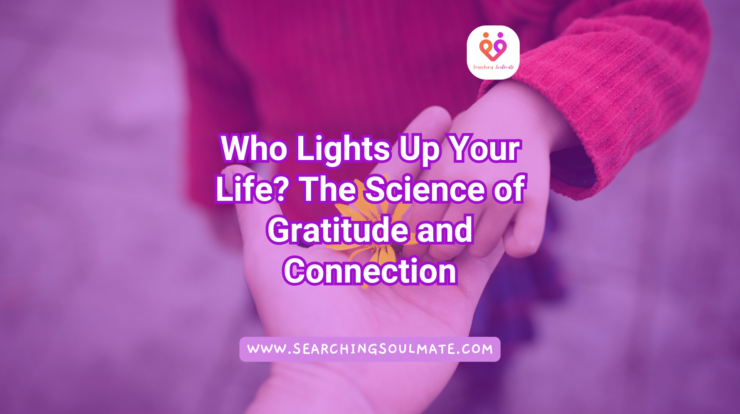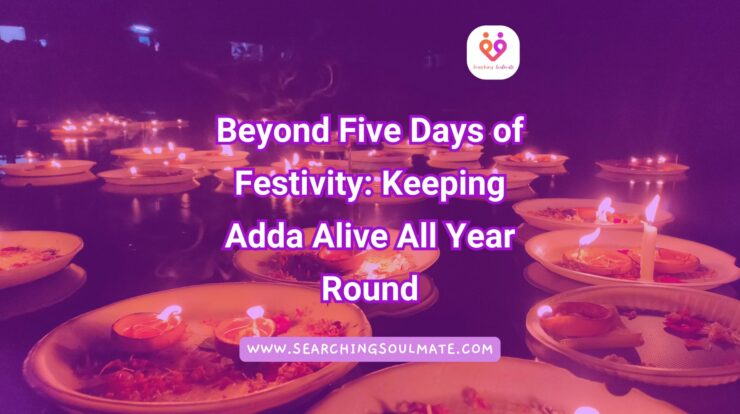
Have you ever walked through the street at night, feeling uneasy because the lights were too dim or there was no one around? Or maybe you’ve been concerned about the safety of your sister who works long hours or your teenage son who attends late evening tutions, often fearing for their safety? These experiences are all too common, especially for women and vulnerable groups in urban spaces.
As our cities grow, it’s important to think about how we can make public spaces not only accessible but also safe for everyone. From street lighting to community-driven safety initiatives, creating an environment where people feel secure is a shared responsibility. So, how can we design cities that protect and accommodate all genders, people with disabilities, and everyone in between? Let’s explore!
Why Should Public Spaces Be Gender Inclusive?
In 2024, we’re more aware than ever that public spaces need to accommodate everyone—regardless of gender. But often, women don’t feel safe in these spaces. A 2018 survey by the Indian NGO Jagori revealed that 95% of women felt unsafe in public spaces at some point. This brings up the big question: How can cities design spaces where women can move freely without fear?
The answer lies in urban planning. Cities should be designed with the needs of women in mind. For example, wide sidewalks, well-lit streets, and open, visible areas can make a significant difference.
What’s the Role of Street Lighting and Surveillance in Safety?
Let’s get one thing straight—street lighting isn’t just about seeing where you’re going. It’s about creating an atmosphere of safety. Have you ever noticed how dimly lit streets make you feel on edge? Now imagine how someone walking alone at night feels, especially if they are a woman or belong to another vulnerable group.
Street lighting is crucial. Studies have shown that well-lit areas significantly reduce the fear of crime. It’s not just about installing bright lights everywhere rather, but strategically placing them in regular intervals where people feel most at risk—near public transport stops, alleys, parks, and footpaths
Surveillance, like CCTV cameras, can help immensely. Most cities & towns in India have CCTV to deter criminal activity and help law enforcement identify criminals when incidents occur. However strategic placements at all main roads, crossings, alleys, and public spaces like parks, theatres, local markets, schools & hospitals are crucial to ensure safety.Of course, it’s essential that these systems are well-maintained and used ethically.
Can We Create Safer Public Spaces for People with Disabilities?
When we talk about safety in public spaces, we can’t leave out people with disabilities. According to the World Health Organization (WHO), around 15% of the world’s population lives with some form of disability, and in India, that number is over 26 million people. These individuals often face physical barriers that make public spaces unwelcoming or even dangerous.
For example, uneven pavements, car parking by roadside, or lack of proper ramps can lead to accidents. Poorly designed crosswalks can make it challenging for someone using a wheelchair or walking aid to navigate safely.
To create truly inclusive cities, we need to think about universal design—a concept that makes spaces usable for everyone, regardless of ability. Imagine a world where everyone, from a person pushing a stroller to someone with a disability, can move around freely and safely. It’s not just a dream; it’s entirely possible with thoughtful planning.
How Can We Keep Medical Staff Safe in Their Workplaces?
Now, let’s talk about safety in one of the most critical public spaces—hospitals. In recent years, there have been alarming reports of medical staff facing harassment and even physical assault in their workplaces. The heinous incident of a junior doctor being raped and murdered at RG Kar Medical College and Hospital & on & off brutality on medical fraternity at public hospitals highlight safety & security lapses at public spaces like hospitals where we are our vulnerable most!
Medical professionals are on the front lines, caring for us during some of our most weakest moments. But who’s protecting them? Ensuring the safety of doctors, nurses, and other medical staff isn’t just about installing cameras & placing security guards; it’s about creating a culture of respect and putting proper policies in place. This should include better surveillance, stricter penalties for attackers, clear emergency protocols & more.
What Role Does the Community Play in Making Spaces Safer?
We often think of safety as the government’s responsibility, but the community plays a huge role too. Think about it—what if like rural setups urban neighbourhoods took active steps to look out for each other? In some cities, there are community-led safety programs where volunteers patrol the streets or offer assistance to those who feel unsafe & help elderlys residing alone with their daily lives.
These initiatives not only make public spaces safer but also build stronger, more connected communities. This sense of shared responsibility can significantly enhance the feeling of security in a neighbourhood.
How Can Social Media and Technology Help?
In 2024, technology is more integral to our lives than ever. Social media platforms & help line numbers allow people to share real-time information about unsafe areas or request help when they feel threatened are on the rise. These applications empower individuals to take charge of their safety while also making it easier to hold authorities accountable & track down crime.
Cities can launched an app that enables people to report poorly lit areas or damaged infrastructure, so the government can act quickly to fix them. By integrating technology into public safety initiatives, we can create a more responsive and secure environment for everyone.
Also while travelling alone sharing live locations with a friend or family member are often used can be a good use of technology to enhance safety.
What Can We Do to Make Our Neighbourhoods Safer?
As individuals, there’s a lot we can do to make our cities safer. Simple acts, like walking a friend home or reporting broken streetlights, contribute to a larger culture of care and safety. Joining or supporting local community safety groups and even participating in discussions about local safety issues with local coucillors can help ensure that our voices are heard.
Public spaces belong to all of us, and it’s up to us to make sure they remain safe for everyone. So, whether it’s advocating for better street lighting, having potholes free roads to avoid accidents, supporting medical staff’s safety in hospitals, proper road ramps & earmarked areas to cross roads ensuring that people with disabilities can move freely, & more let’s take steps to build a future where everyone feels included & secure.
Are We Ready to Make Our Cities Safer?
The road to creating safer public spaces is long, but it’s achievable. We need good honest responsible urban planners & policymakers & communities to work together to design cities that protect and empower all citizens, regardless of gender, ability, or occupation.
So, next time you walk through a well-lit park ,a road without potholes or see a ramp that helps someone in a wheelchair access a building, clean public toilets at regular intervals remember—it’s these small changes that build a safer, more inclusive future. Let’s keep pushing for cities that truly work for everyone.
Read more from Searching Soulmate:
- Breaking Free from the ‘Perfect Woman’ Stereotype: 4 Reasons, Why We Need to Drop the Act
- SAREE NOT SORRY – A Celebration of Strength, Stories, and Support.
- 5 Effective Strategies to Cope with Anxiety After a Breakup
Follow Our Socials:






